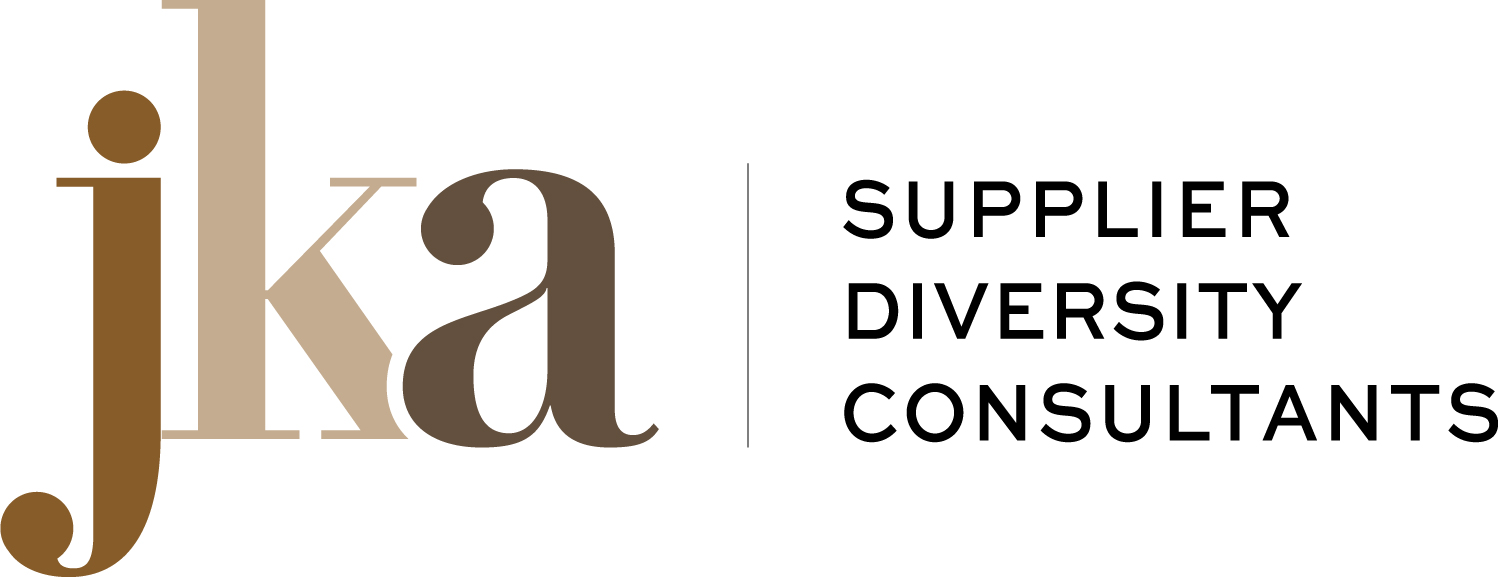For small businesses, scaling to the next level often requires stepping into new arenas—larger contracts, more complex projects, and partnerships with leading organizations. The Request for Proposal (RFP) process is one of the primary gateways to these opportunities, particularly in industries dominated by large corporations and government agencies. Yet, for many small businesses, the RFP process feels like a barrier rather than a bridge.
Understanding how to navigate and excel in the RFP process is not just a valuable skill—it’s a strategic imperative for growth.
The Numbers Behind RFP Success
On average, small businesses respond to between 4 and 6 RFPs annually, according to industry data. However, win rates can vary widely, with the average hovering around 30%. For businesses that lack a systematic approach or deep understanding of the process, the win rate is often significantly lower.
The implications are clear: every RFP response requires a significant investment of time and resources, but without mastery of the process, that effort often yields little return. Conversely, businesses that understand how to strategically respond to RFPs can not only improve their win rates but also use the process to build credibility and position themselves for larger opportunities.
RFPs as Both Opportunity and Filter
The RFP process is a tool for buyers to evaluate vendors, but it’s also a means of filtering out firms that lack the qualifications or capacity to deliver. This reality can feel intimidating, but it also presents an opportunity. For small businesses, mastering the RFP process is a way to stand out in a crowded field, demonstrate expertise, and prove readiness to tackle complex challenges.
Many government agencies and corporations now require potential vendors to use centralized platforms like PASSPort or Ariba. While these platforms streamline procurement for buyers, they can be daunting for small businesses. However, those who take the time to learn these systems and align their responses with the buyers’ goals are better positioned to succeed.
Strategies to Boost Your Win Rate
Improving your RFP success rate is not about submitting more proposals; it’s about submitting smarter ones. Here are key strategies:
- Adopt a Go/No Go Process
Evaluate each RFP systematically to ensure it aligns with your business goals, experience, and capacity. Focus your energy on opportunities where you can truly compete.
- Leverage Partnerships
Teaming with complementary businesses can strengthen your proposal. Partnerships allow small firms to expand capacity, add specialized expertise, and meet broader project requirements. - Highlight Value and Experience
Use specific, quantifiable examples of past performance to build credibility. For instance, instead of saying, “We delivered high-quality results,” say, “We completed a $500,000 project 10% under budget and two weeks ahead of schedule.” - Invest in Professionalism
Ensure your proposals are well-organized, error-free, and compliant with all requirements. Small mistakes can disqualify an otherwise strong submission. - Engage in Continuous Improvement
Track your win/loss rates and request debriefs whenever possible. Use feedback to refine your approach and improve over time.
The Role of Teaming and Subcontracting
Many small businesses overlook the power of teaming and subcontracting as a way to secure larger contracts. According to industry reports, businesses that partner with others on RFP responses often see win rates increase by up to 50%. By aligning with firms that bring complementary strengths or certifications, small businesses can present a more robust and competitive offering.
Mastering the Skill Set
At its core, responding to an RFP is about alignment—aligning your strengths with the buyer’s needs, your experience with their objectives, and your capacity with their expectations. For small businesses, mastering this skill set isn’t just about winning contracts; it’s about unlocking new growth opportunities. Need help? Register for our free workshop on Responding to RFPs.





